Proposed Title :
FPGA Implementation of Low-Cost and High Performance Montgomery Modular Multiplication with Adaptive Hold Logic based Error Correction
Improvement of this Project:
-
In proposed system we are check the output and correct the output if error occurs. In this system we are use the Adaptive Hold Logic
(AHL) is to detect and correct the error in the output. -
To design the 32-Bit Montgomery Modular Multiplication and this Montgomery multiplication integrated with error correction using razor flip flop with support of adaptive hold logic method.
- Compared the existing 32-bit Montgomery Modular Multiplication with Proposed 32-bit Montgomery Modular Multiplication in terms of area, delay and power.
Software implementation:
- Modelsim
- Xilinx
” Thanks for Visit this project Pages – Buy It Soon “
LOW Cost High Performance VLSI Architecture for Montgomery Modular Multiplication
Terms & Conditions:
- Customer are advice to watch the project video file output, before the payment to test the requirement, correction will be applicable.
- After payment, if any correction in the Project is accepted, but requirement changes is applicable with updated charges based upon the requirement.
- After payment the student having doubts, correction, software error, hardware errors, coding doubts are accepted.
- Online support will not be given more than 3 times.
- On first time explanations we can provide completely with video file support, other 2 we can provide doubt clarifications only.
- If any Issue on Software license / System Error we can support and rectify that within end of the day.
- Extra Charges For duplicate bill copy. Bill must be paid in full, No part payment will be accepted.
- After payment, to must send the payment receipt to our email id.
- Powered by NXFEE INNOVATION, Pondicherry.
Payment Method :
- Pay Add to Cart Method on this Page
- Deposit Cash/Cheque on our a/c.
- Pay Google Pay/Phone Pay : +91 9789443203
- Send Cheque through courier
- Visit our office directly
International Payment Method :
- Pay using Paypal : Click here to get NXFEE-PayPal link

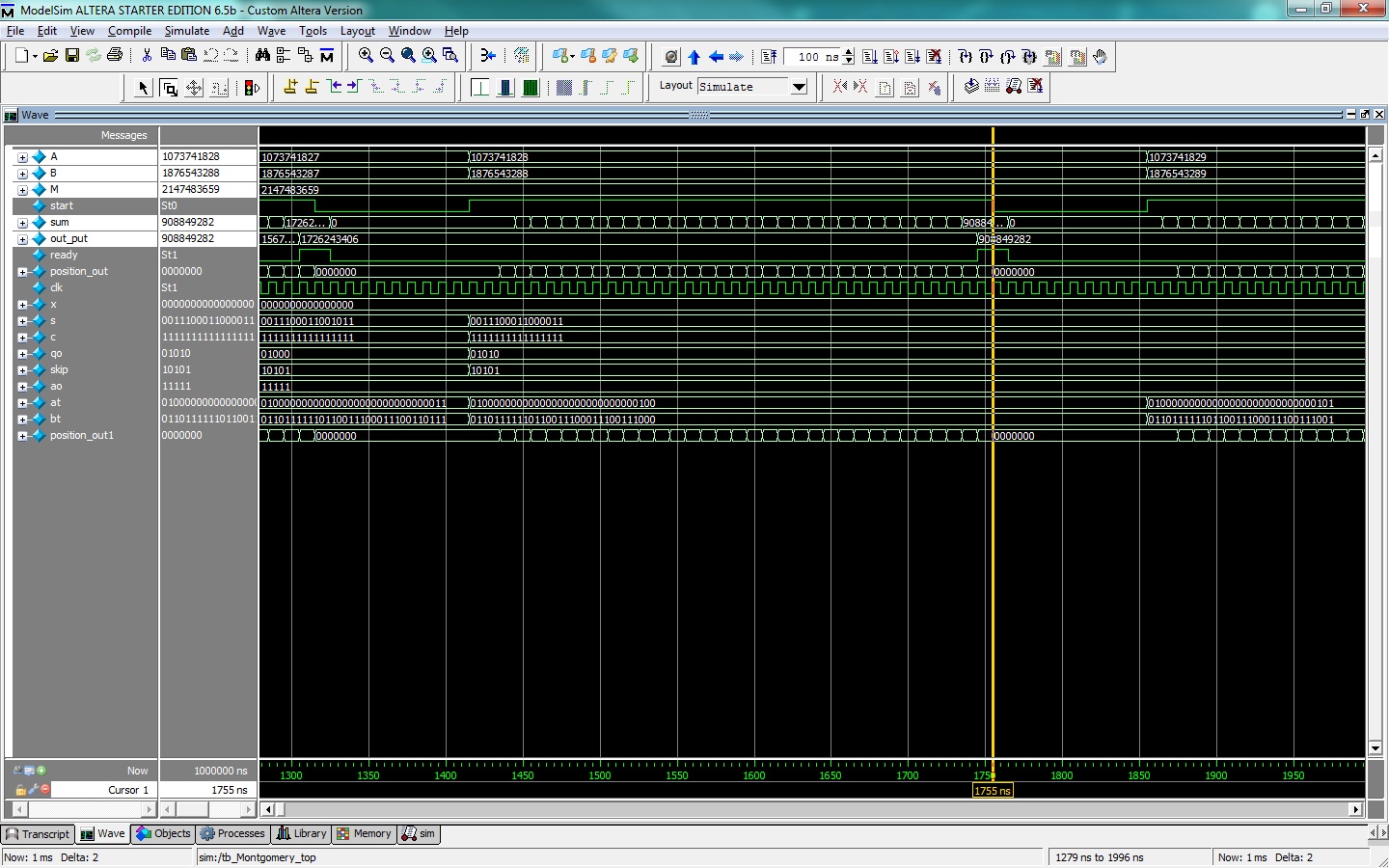
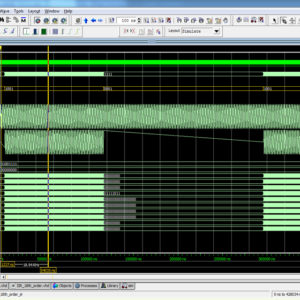

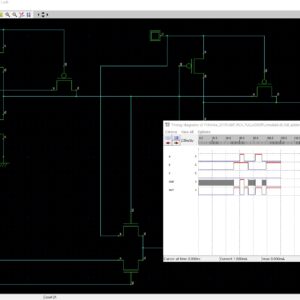
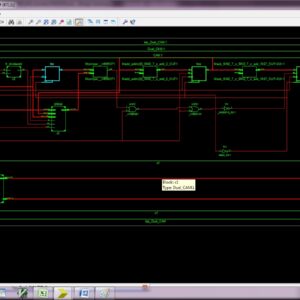
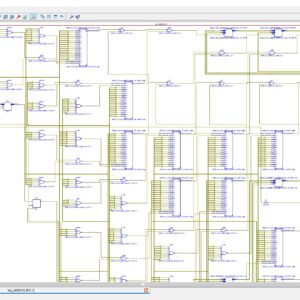

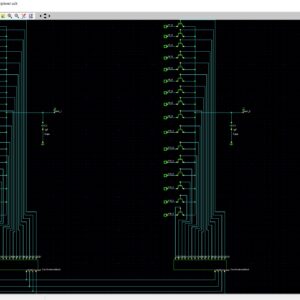

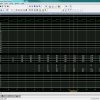
Reviews
There are no reviews yet.